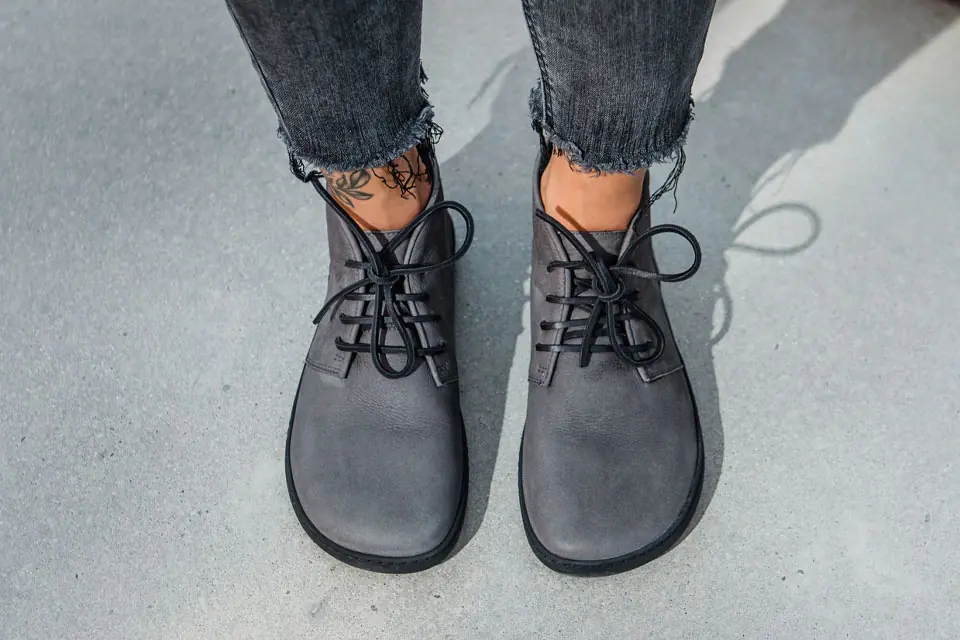
What even are barefoot shoes
Unveiling the Science Behind Barefoot Shoes: A Comprehensive Analysis
Barefoot shoes, despite their seemingly contradictory name, represent a revolutionary approach to footwear design that aims to mimic the natural biomechanics of the human foot. This article delves into the scientific principles underlying barefoot shoes, exploring their unique features and potential benefits for foot health and overall well-being.
The Anatomy of Barefoot Shoes
Barefoot shoes are engineered to provide a close-to-barefoot experience while offering protection from environmental hazards. Their design is based on several key principles:
1. Zero Drop Technology
One of the most crucial features of barefoot shoes is their zero drop construction. This refers to the absence of any height difference between the heel and forefoot areas of the shoe.
2. Minimalist Sole Construction
Barefoot shoes feature exceptionally thin soles, typically ranging from 3-10mm in thickness. This design allows for enhanced proprioception – the body’s ability to sense its position and movement in space.
3. Flexibility and Lightness
The materials used in barefoot shoes are carefully selected to ensure maximum flexibility and minimal weight. This allows for unrestricted foot movement and reduces the overall load on the lower extremities.
4. Anatomical Toe Box
Unlike conventional footwear, barefoot shoes incorporate a wide toe box that allows for natural toe splay. This design feature is crucial for maintaining proper foot mechanics and balance
5. Absence of Supportive Structures
Barefoot shoes intentionally lack the supportive features found in traditional footwear, such as arch support or heel cushioning. This design philosophy aims to strengthen the intrinsic muscles of the foot over time.
The Science Behind Barefoot Shoe Design
The development of barefoot shoes is grounded in biomechanical research and evolutionary biology. Here’s a closer look at the scientific principles that inform their design:
| Principle | Description | Potential Benefit |
|---|---|---|
| Natural Gait Pattern | Encourages a forefoot or midfoot strike | May reduce impact forces and improve running efficiency |
| Proprioception Enhancement | Thin soles allow for better ground feel | Could improve balance and spatial awareness |
| Foot Muscle Activation | Lack of support engages intrinsic foot muscles | May strengthen foot musculature over time |
| Toe Spread Facilitation | Wide toe box allows for natural toe splay | Could improve stability and power generation during movement |
| Reduced Joint Stress | Zero drop design promotes natural alignment | May decrease stress on knees and hips |
Adapting to Barefoot Shoes: A Gradual Process
It’s important to note that transitioning to barefoot shoes requires a careful and gradual approach. The muscles and connective tissues of the feet need time to adapt to the increased demands placed upon them. Custom barefoot shoes can be an excellent starting point for those looking to make the switch, as they offer personalized fit and comfort during the transition period.
Applications Across Various Activities
Barefoot shoes have found applications in numerous activities, from everyday walking to high-intensity sports:
- Running: Men’s Barefoot Running Sneakers Shoes are designed to promote a more natural running gait.
- Hiking: White Leather Men’s Barefoot Hiking Shoes offer protection while maintaining ground feel on trails.
- Cross-Training: Gym Cross Training Barefoot Weightlifting Shoes provide a stable base for various exercises.
- Everyday Wear: Women’s Barefoot Shoes offer comfort and style for daily activities.
Conclusion: Embracing Natural Foot Function
Barefoot shoes represent a paradigm shift in footwear design, challenging conventional wisdom about foot support and cushioning. By allowing the foot to function more naturally, these shoes may contribute to improved foot health, better biomechanics, and enhanced proprioception. As research in this field continues to evolve, barefoot shoes are likely to play an increasingly important role in both athletic performance and everyday foot care.For those interested in exploring the world of barefoot shoes, consulting with a barefoot shoes manufacturer can provide valuable insights and help find the perfect pair to suit individual needs and preferences.
